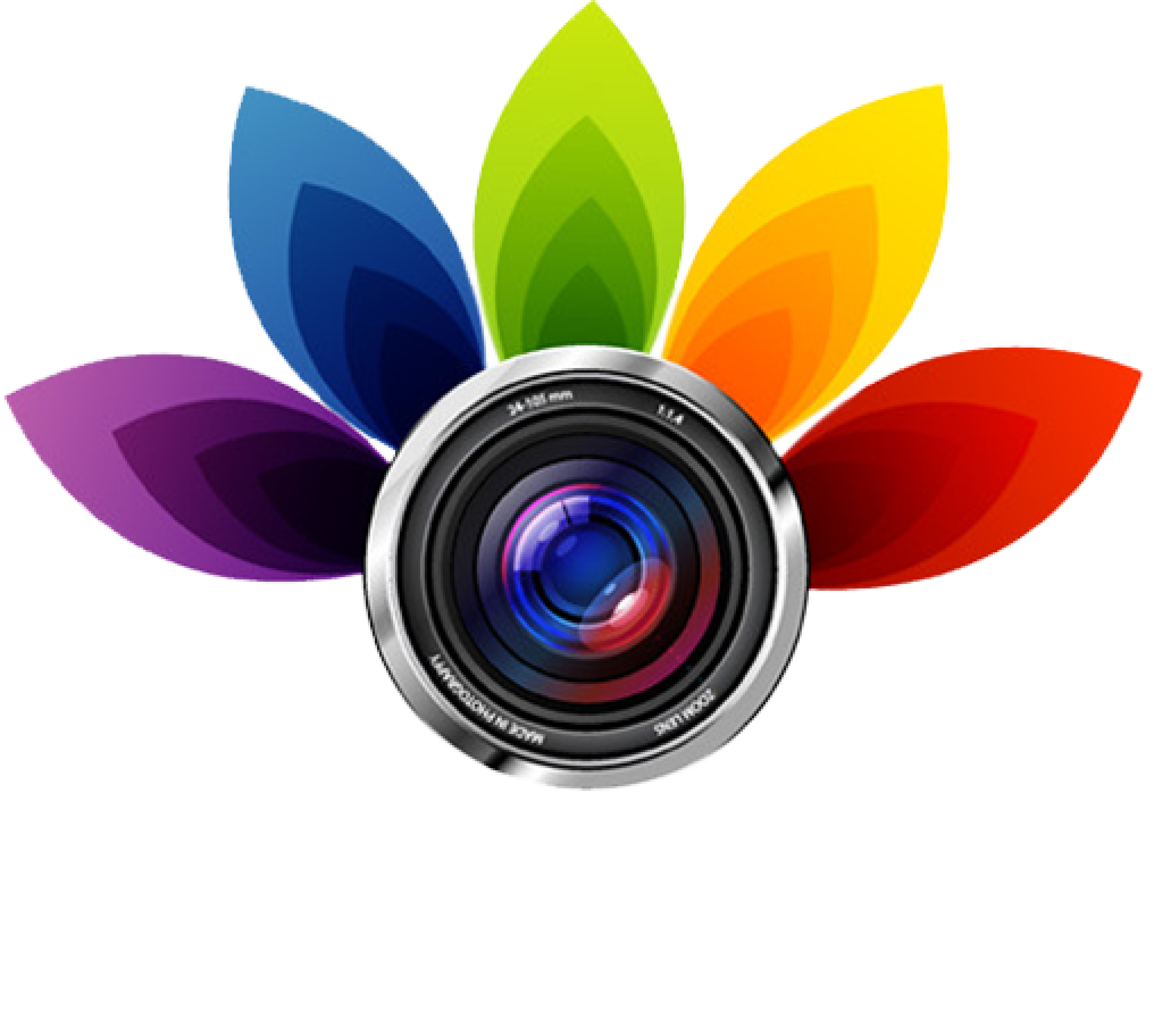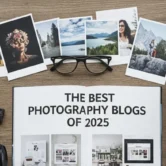
Get the Best Studio Photos with These 5 Useful Tips
Studio photography offers endless opportunities for creating impactful and professional images. To get the best results, it’s important to understand key aspects of the process. In this guide, we’ll share 5 useful tips to take the best studio photos that will help you improve your skills and bring your images to the next level. Focusing on small details can make a huge difference in the overall outcome of your shots.
To make your photos stand out, it’s important to consider a variety of factors like composition, subject interaction, and creativity. Each of these elements adds a layer of depth and personality to your images. By refining these aspects, you’ll be able to create more dynamic and interesting photos, no matter what your subject.
In this guide, we will share five helpful tips to improve your studio photos. These tips go beyond the technical side of photography, focusing on ways to bring out the best in your shot. From the setup to the finishing touches, these simple but effective tips will help you create photos that truly shine.
How to Improve Composition in Studio Photos
Composition plays a huge role in making your photos more visually appealing. It’s about how you arrange the elements in the frame, from the subject to the background. A good composition guides the viewer’s eye to the most important parts of the image, creating balance and harmony. Make sure your subject is well-placed and consider using techniques like the rule of thirds to create more engaging shots.
 Keep an eye on the lines and shapes in your scene. Straight lines can lead the viewer’s gaze in a particular direction, while curves can add flow to your image. The placement of objects within the frame can also help create depth, drawing the viewer’s eye through the image. Don’t be afraid to play around with different compositions to find the one that best suits your subject and mood.
Keep an eye on the lines and shapes in your scene. Straight lines can lead the viewer’s gaze in a particular direction, while curves can add flow to your image. The placement of objects within the frame can also help create depth, drawing the viewer’s eye through the image. Don’t be afraid to play around with different compositions to find the one that best suits your subject and mood.
Remember that simplicity can be very powerful. Sometimes, less is more. Removing distractions or unnecessary elements in the frame will help your subject stand out more, and your photos will feel cleaner and more focused. A minimalistic approach often results in a stronger, more impactful image.
Consider the relationship between your subject and the background. A cluttered or distracting background can pull attention away from your subject, while a simple background allows the subject to shine. You can use techniques like blurring the background (with a wide aperture) or using contrasting colors to make your subject stand out. The background is just as important as the subject in setting the tone of the image, so make sure it’s contributing to the overall composition, not competing with it.
How to Engage Your Subject for Natural-Looking Studio Photos
Connecting with your subject is one of the key tips to take the best studio photos. If you’re working with a model, a product, or any other subject, creating a natural flow between you and them will result in more authentic images. If you’re working with a person, direct them in a way that makes them feel comfortable and confident. Their expressions and posture will reflect the energy you give them.
 Encourage your subject to interact with their environment or props. This adds life to the photo and creates a sense of storytelling. A slight adjustment in their body language or facial expression can significantly impact on the overall mood, making the image feel more dynamic and engaging. Even a small change in their position or gaze can completely transform the mood of the image.
Encourage your subject to interact with their environment or props. This adds life to the photo and creates a sense of storytelling. A slight adjustment in their body language or facial expression can significantly impact on the overall mood, making the image feel more dynamic and engaging. Even a small change in their position or gaze can completely transform the mood of the image.
In portrait work, eye contact can also play a significant role. Direct eye contact can make the viewer feel more connected to the subject, while looking away can evoke a sense of mystery or contemplation. It’s important to experiment with different eye movements and expressions to convey the specific mood or message you want to portray. Guide your subject accordingly to create the desired emotional tone in the shot.
Eye contact, gestures and body language also play a key role in expressing emotion and intent in your photos. Subtle changes, such as a tilt of the head, a hand gesture, or the positioning of the arms, can add depth and meaning to your images. Encouraging your subject to express themselves freely can lead to more natural and emotive shots. It’s important to build rapport and trust with your subject to create a comfortable atmosphere where they feel confident and willing to experiment, which ultimately brings out their best features in the photo.
Let Your Imagination Lead Your Studio Photos
Studio photography is a great opportunity to experiment and think outside the box. Try different props, settings, and creative concepts to give your photos a unique touch. Don’t be afraid to try unconventional angles or unexpected compositions to make your photos stand out. You can also mix up the lighting, backdrops, and poses to create interesting contrasts and effects.
 Consider the mood you want to create. Play with colors, textures, and even sounds or music to inspire the atmosphere in your studio. These small adjustments can spark creativity and help you produce photos that are fresh and different. The environment you create can influence the emotions your subject portrays, adding depth to your images.
Consider the mood you want to create. Play with colors, textures, and even sounds or music to inspire the atmosphere in your studio. These small adjustments can spark creativity and help you produce photos that are fresh and different. The environment you create can influence the emotions your subject portrays, adding depth to your images.
Let your imagination run wild and remember that sometimes the best ideas come from spontaneous moments. You might surprise yourself by trying something unconventional and seeing how it adds a new layer to your work.
Don’t be afraid to break traditional rules and experiment with unconventional techniques. For example, you could try using unusual props or even incorporating movement into your shots. Using creative tools like colored gels, textured surfaces, or reflective materials can add a new dimension to your photos. Remember, some of the most striking images come from embracing the unexpected, so take risks and allow yourself to experiment freely. The more you push the boundaries of what’s typical, the more you’ll discover your unique style.
Get Everything Ready for Studio Photos
Keeping your workspace organized is key to running an efficient studio session. It’s easy to lose track of equipment, props, or even the flow of the shot when everything is cluttered. Keep your gear and tools neatly arranged, so you can quickly access anything you need during the shoot. Having a tidy setup will also help you maintain focus and stay on task.
 Plan for your session by making a list of what you need and organizing your space accordingly. If it’s ensuring the lighting is ready to go or checking your camera settings, preparation is key. The more organized you are, the smoother your shot will go, and you’ll have more time to focus on creativity. Being prepared in advance also minimizes the risk of distractions or mistakes during the session.
Plan for your session by making a list of what you need and organizing your space accordingly. If it’s ensuring the lighting is ready to go or checking your camera settings, preparation is key. The more organized you are, the smoother your shot will go, and you’ll have more time to focus on creativity. Being prepared in advance also minimizes the risk of distractions or mistakes during the session.
It’s also helpful to keep your subject and any assistants informed about the schedule. Clear communication helps everyone stay on track, which will make the entire process more efficient and enjoyable. When everyone knows what to expect, you can create a relaxed atmosphere that fosters creativity.
Another way to stay organized is by keeping a backup plan ready. Have extra equipment, memory cards, batteries, or props on hand in case something goes wrong during the shoot. This ensures that you’re not caught off guard by unexpected issues, allowing you to keep the momentum going. By thinking ahead and having everything in place, you can focus entirely on the creative aspects of the session without worrying about technical hiccups. A well-organized shoot is a more productive and enjoyable one, where everyone can contribute their best.
Give Your Photos a Final Touch with Editing
Once your photoshoot is done, the editing process is where you can fine-tune your work and give it the final touch. Post-processing allows you to adjust the colors, remove imperfections, and even alter the mood of the image. Use editing software to adjust things like contrast, brightness, and sharpness to make the details in your photo stand out.
 In some cases, editing can be used to correct any minor issues that may have happened during the shoot, such as lighting inconsistencies or background distractions. This step gives you the chance to refine small details that may not have been noticed initially. It’s also a great time to experiment with different styles, from classic black and white to modern, high-saturation effects.
In some cases, editing can be used to correct any minor issues that may have happened during the shoot, such as lighting inconsistencies or background distractions. This step gives you the chance to refine small details that may not have been noticed initially. It’s also a great time to experiment with different styles, from classic black and white to modern, high-saturation effects.
However, always remember that less is often more when editing. The goal is to improve the image, not to overdo it. Keeping things natural while refining the photo will help you maintain the integrity of your work. Subtle adjustments can make a big difference without overpowering the original feel of the image.
Another important aspect of post-processing is organizing and managing your files. After the shoot, it’s helpful to back up your images and label them properly to avoid confusion later. Having a clear system for organizing your images makes it easier to find and work on specific photos, especially when dealing with large amounts of footage. This also ensures that your editing process is more efficient, as you’ll be able to focus on the creative adjustments rather than wasting time searching for files. Proper file management goes together with post-processing, helping to keep everything streamlined and professional.
Conclusion
Creating the best studio photos involves more than just technical know-how. It’s about creativity, organization, and thoughtful composition. By focusing on key aspects like subject engagement, composition, and post-processing, you can produce images that are visually appealing and tell a compelling story. Stay organized, experiment with new ideas, and refine your work through editing to truly make your photos shine. With these tips, you’ll be on your way to creating standout studio photography every time.
Read Next: Amazing Graduation Photography Tips for Lasting Memories





